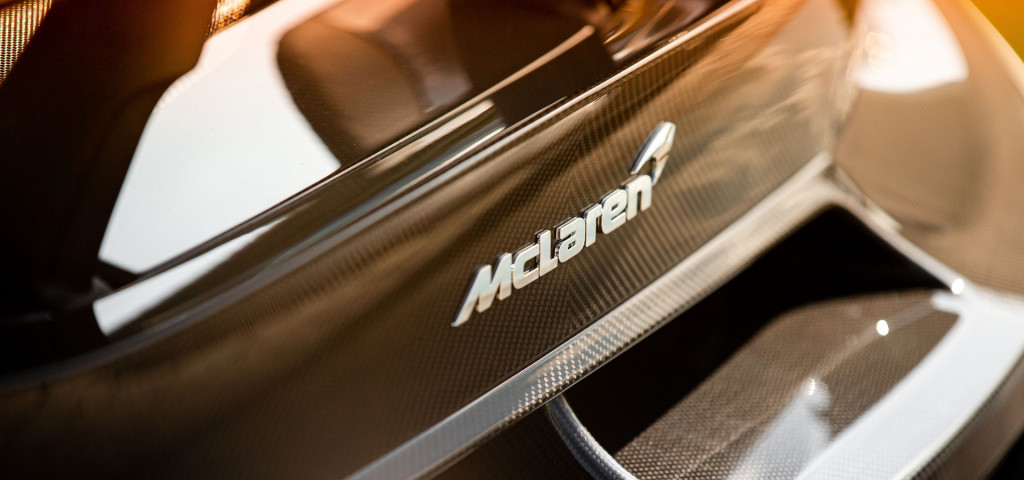McLaren's successor to the P1 hypercar will be revealed at the end of the year with gullwing doors and a V-8-based plug-in hybrid powertrain, Automotive News (subscription required) reported on Wednesday, citing dealer sources.
The described powertrain is similar to what McLaren used for the P1, though a lot more power than the P1's 903 hp is expected. Roof-mounted gullwing doors would be new for McLaren whose cars have traditionally featured doors mounted near the base of the A-pillars, a design known as butterfly doors.
The new car, which carries the P18 codename, will be the next installment in McLaren's Ultimate Series, which in the recent past has been augmented with the arrival of the Speedtail grand tourer and Elva speedster.
A report from last year suggested the car will arrive in 2026. Porsche is expected to launch an electric hypercar around that time, and there are already electric hypercars on sale from Lotus, Pininfarina, and Rimac.

McLaren logo
However, McLaren isn't ready to launch an electric hypercar just yet. The company has been testing EV technology since at least 2017 and has been consistent with the stance that the tech won't be ready for supercar and hypercar applications until the of the decade, mainly due to EVs not being able to deliver sustained performance on the racetrack.
Ferrari is also expected to launch hybrid successor to its LaFerrari, prototypes for which are out testing, and Bugatti this week announced a V-16 hybrid successor for the Chiron. The Bugatti will be revealed in June and the Ferrari is also tipped to debut this year.
Other details mentioned in the Automotive News report include a hybrid system around 70% lighter than McLaren's current technology, a newly developed carbon-fiber tub with seats mounted to the tub for improved rigidity and reduced weight, and a Formula 1-inspired design. Recessed headlights, like those found on the Artura and 750S supercars, are also reported to make the cut.
The P1 was heralded as the successor to the legendary F1, though McLaren gave that particular honor to the more recent Speedtail. Meanwhile, the designer of the F1, Gordon Murray, has launched his own successor to the F1 in the form of the T.50 supercar.
